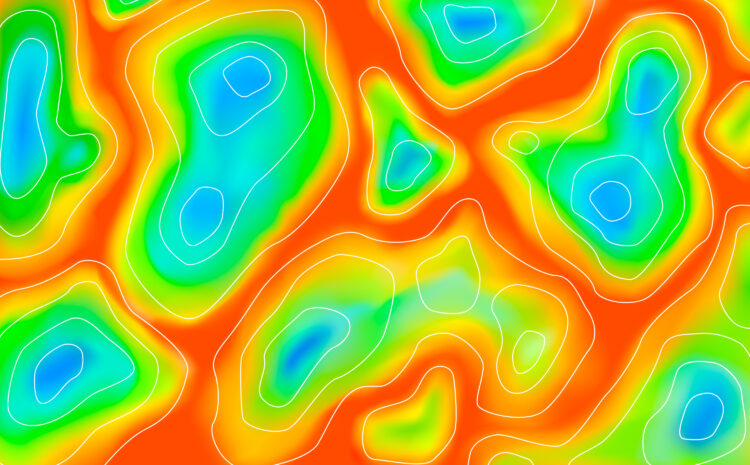OS MasterMap Commercial Licence Pricing Guide OS MasterMap is the most detailed and accurate digital mapping database of Great Britain, maintained by Ordnance Survey (OS). Since its launch in November 2001, it has become the premier source for comprehensive geographical…
Creating Stunning Heatmaps in QGIS Heatmaps are powerful visualization tools that help identify patterns, clusters, and hotspots in your spatial data. Whether you’re analyzing crime incidents, population density, or customer locations, QGIS provides robust tools for creating professional heatmaps. This…
Spatial Databases in GIS (Geographic Information Systems) are specialized databases designed to store, query, and manipulate spatial or geographic data. They are fundamental to efficiently managing large datasets with location-based attributes and are widely used in urban planning, environmental modeling,…

Gabby Jones
Typically replies within a minute


